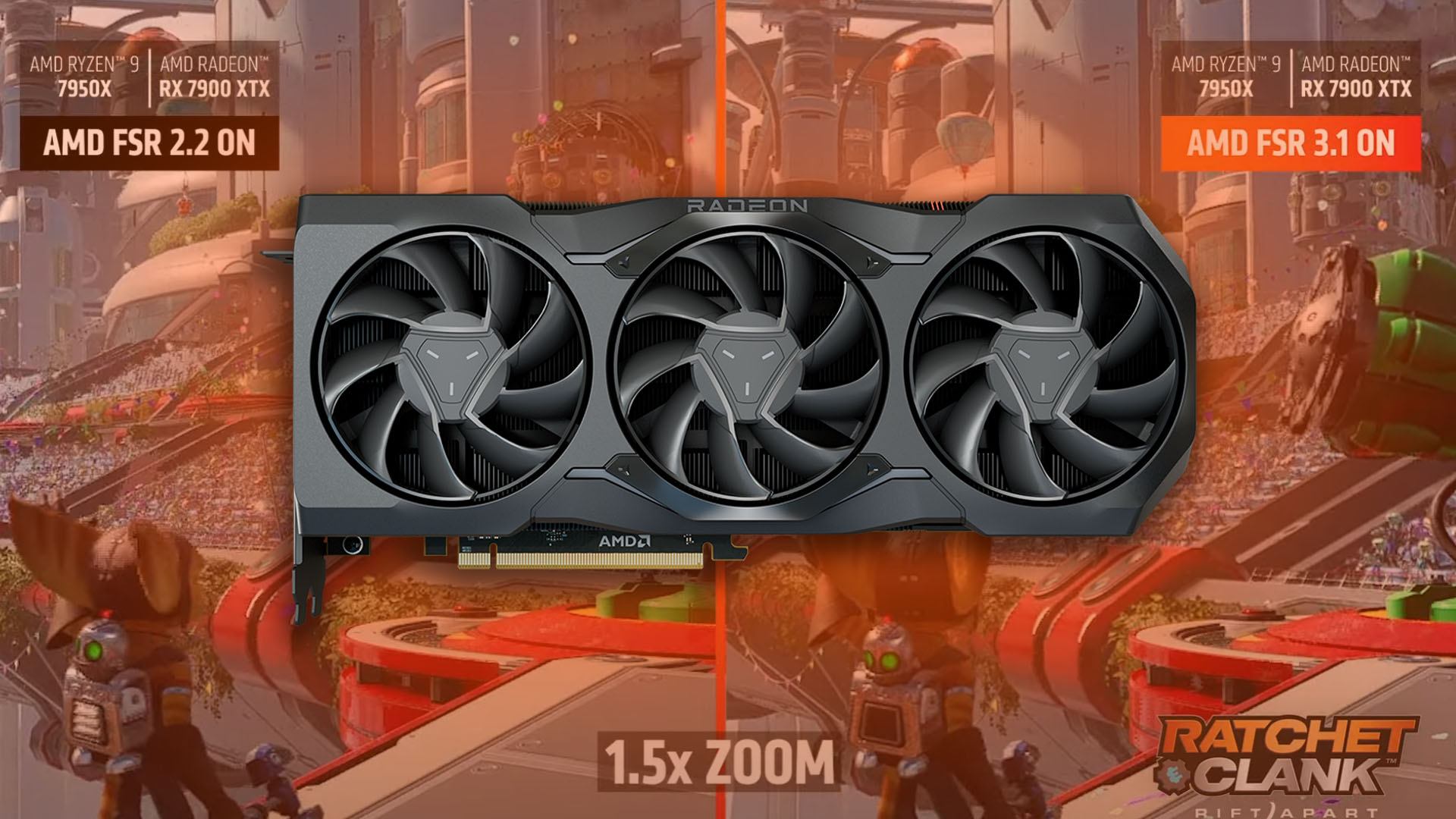AMD has just released its FidelityFX SDK 1.1 software suite which means game developers are now free to implement the company’s latest FSR 3.1 frame rate-boosting frame generation tech into their games. While we’ve seen FSR 3.1 already in a handful of games, such as Ghost of Tsushima, this release now means it could soon arrive in many more.
While AMD’s rival for DLSS 3.0 isn’t quite as capable as Nvidia’s version, it still offers up a way for any entrant – AMD or Nvidia – on our best graphics card guide to provide a big performance boost via AI-generated frame generation. What’s more, the most crucial addition to this latest update is that it decouples FSR 3.1 frame generation from any FSR upscaling, allowing developers to offer DLSS upscaling and FSR frame generation at the same time. That in turn means owners of older RTX graphics cards can access frame generation.
As a reminder, Nvidia’s version of frame generation is only available on its RTX 3000 series cards and later, leaving owners of its RTX 2000 cards out in the cold for this performance-boosting technique. While that’s becoming less and less of an issue as more gamers upgrade to the latest cards, it’s still an annoyance and one that is solved by AMD’s new SDK, assuming gamer developers implement the feature.
Frame generation works by having the game alternate between rendering a frame in the conventional way and then having the generation algorithm make up a new frame based on the previous one and in-game information such as movement vectors.
So long as the player isn’t moving too fast, the predicted frame can be very accurate-looking and essentially doubles your frame rate for free. There’s a slight penalty in latency which, along with the made-up frames being technically not perfectly accurate, means it’s not ideal for fast-paced competitive games but it is great for anything a little slower.
Another improvement in this latest version of AMD’s overarching FSR suite is an improvement to its upscaling algorithm, which “allow[s] for better preservation of detail, and less temporal instability.” AMD also explains in its release notes that the latest version has direct support for letterboxing and improved image quality “in cases where items are excluded from our reactive mask inputs.” The latter is a special workaround that AMD has implemented to improve image quality but which requires extra coding from developers. As such, this latest FSR version means less work for developers to improve image quality.
While this announcement doesn’t immediately mean we’ll suddenly have hundreds of games that include the very latest FSR 3.1 tech, it should hopefully mean the list of AMD FSR-supporting titles – as you can find here – will expand faster and further than it has before. in the meantime, you can see what sort of improvements FSR 3.1 brings in this video.


